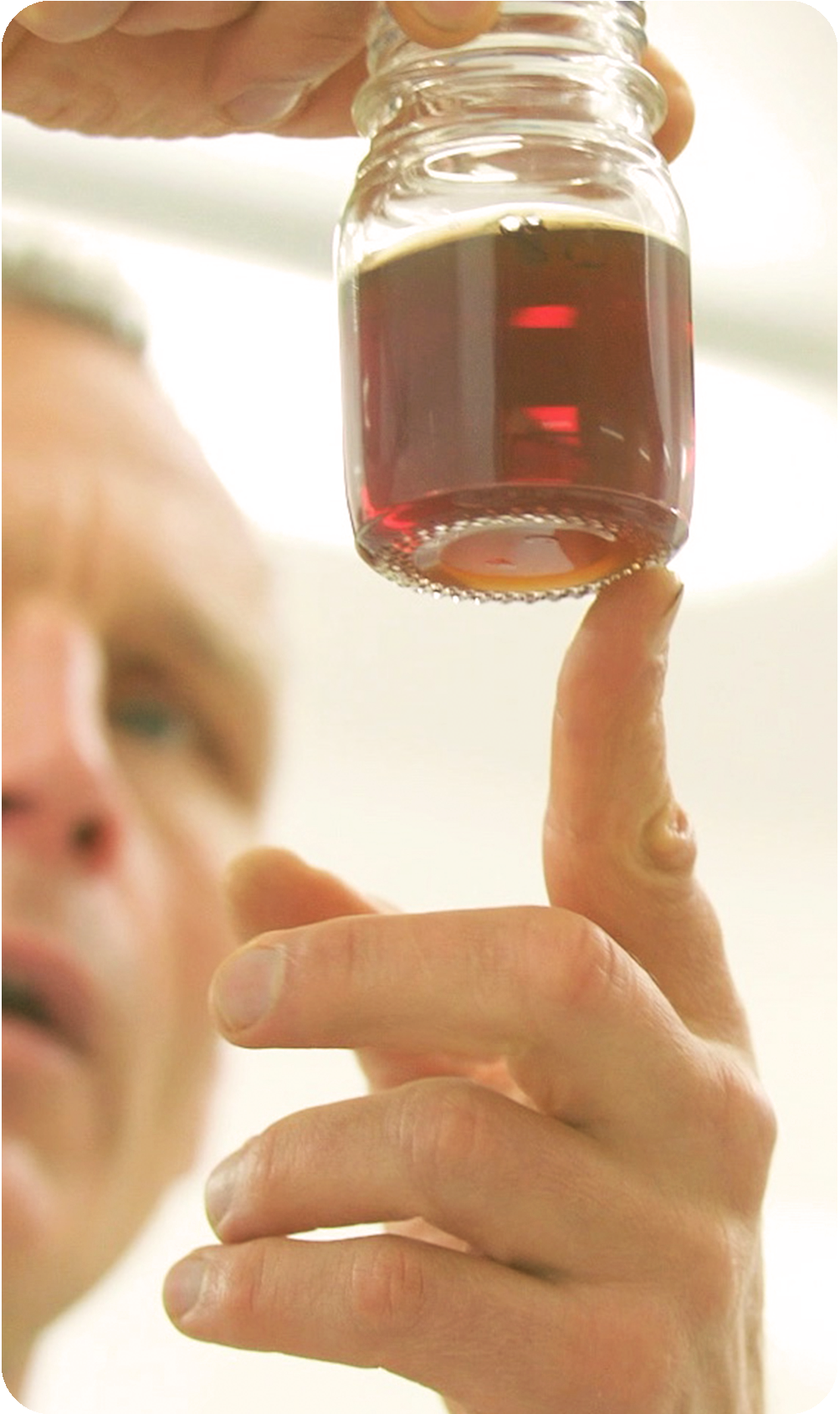Your Cart is Empty
Where is your Brain?
Our Peer Reviewed & Published Clinical Studies
The intention of the information on this page is to indicate the research that we have undertaken to date. We will continue to add these research updates to our scientific dossier. It does not suggest or imply that Ārepa, or any specific ingredient in our products, have certain health or therapeutic benefits.
Trial 1
Publish Date: 15 April 2020
Use of Ārepa, a Blackcurrant Based Drink: A Randomised Control Trial
Research Organisation: Discipline of Nutrition & Dietetics, Faculty of Medical and Health Science, The University of Auckland.
Researchers: Natalie Gibson, Dane Baker, Alice Sharples, Andrea Braakhuis
Trial design: Randomized double-blind, controlled trial.
Participants: n=23
Cohort: Female - Rugby league players
Supplementation Protocol: 7 Days - 300ml Performance beverage
Journal: MDPI Antioxidants
Statistically Significant findings: p = 0.001, 0.003, and 0.043 respectively
Trial 2
Publish Date: 30 July 2023
Considered 7 day polyphenol supplementation in an ozone-polluted environment
Research Organisation: Department of Nutrition, Faculty of Medical and Health Science, The University of Auckland
Researchers: Lillian C. Morton, Carl D. Paton, Troy Merry & Andrea J. Braakhuis
Trial design: Randomised, double-blind, placebo-controlled crossover design
Participants: n=9
Cohort: Sub-elite Male cyclists
Supplementation Protocol: 7 Days of Ārepa Powder 8gms
Journal: European Journal of Applied Physiology
Statistically Significant findings: p = 0.01 p = 0.03
Trial 3
Publish Date: 28 November 2023
Considered Polyphenol Supplementation following Acute Ozone Exposure
Research institutions: Department of Nutrition, Faculty of Medical & Health Science, The University of Auckland
Researchers: Lillian Morton, Carl Paton, Andrea Braakhuis
Trial design: Randomised, double-blind, placebo-controlled crossover design
Participants: n=10
Cohort: Sub-elite Male cyclists
Supplementation Protocol:
7 Days of Ārepa Powder 8gms
Journal: MDPI Nutrients
Statistically Significant findings: p = 0.013
Trial 4
Publish Date: 12 April 2024
4-Week Randomised Crossover Control Trial: Use of Ārepa, a Blackcurrant Based Drink
Research institutions:
Department of Nutrition, Faculty of Medical & Health Science, The University of Auckland
Researchers: Lillian Morton, Carl Paton, Andrea Braakhuis
Trial design: Randomised, double-blind, placebo-controlled crossover design
Participants: n=38
Cohort: Healthy Adults
Supplementation Protocol:
28 days of Ārepa Performance 300ml
Journal: Current Developments in Nutrition - A journal of the American Society for Nutrition
Statistically Significant findings: p < 0.001, p = 0.013, p = 0.023
Trial 5
Publish Date: July 31, 2024
Identification of Sarmentosin as a Key Bioactive from Blackcurrants
Research institutions:
Plant & Food Research
Researchers: Dr Dominic Lomiwes
Trial design:
3 arm crossover trial with placebo, 42 mg, 84 mg
Participants: n=5
Cohort: Healthy Adults
Supplementation Protocol:
1 day of Sarmentosin Isolate
Journal: Journal of Agricultural and Food Chemistry
Statistically Significant findings:
p <0.001
-
Individuals, institutions, or organisations that collaborate to conduct a study. They bring skills and resources to the research project, such as expertise in specific scientific areas, access to participant pools, or specialised equipment and facilities. We primarily work with partners with a mutual interest in the crossover between nutrition and neuroscience.
-
A placebo-controlled study is a type of clinical trial where the effect of a treatment is tested against a placebo which is an inactive, substance designed to resemble the treatment. Participants are randomly assigned to a treatment group or a placebo group. This setup helps to determine if the observed effects are due to the treatment itself or other factors like participant expectation.
-
In a double-blind study, neither the participants nor the researchers know who is receiving the active treatment and who is receiving the placebo. This method is used to prevent bias in the results, as the expectations of the researchers and the participants could potentially influence the outcomes of the study.
-
The length of trial periods in a study refers to the duration over which the participants are observed while receiving the treatment or placebo. The trial period must be long enough to observe the intended effects or side effects of the treatment, and it can vary from a few minutes to several years, depending on what is being studied. Acute or chronic effects are of interest.
-
The number of participants, or sample size, in a study refers to the total number of individuals involved. Researchers choose the sample size based on the expected effects they aim to detect and the statistical power needed. Larger sample sizes generally provide more reliable results. The choice of who participates can be based on specific inclusion criteria relevant to the study’s aims.
-
the significance of their results. It represents the probability or the confidence we can have in the hypotheses . Typically, a p-value greater than 0.05 means we accept the null hypothesis (no effect) and below 0.05 means we can reject the null hypothesis, as there is a less than 5% chance the effect we see is due to chance.
-
Statistical significance is used to determine if the results of a study are likely to be true and not due to random chance. If a result is statistically significant, it means the likelihood that the observed effect is due to the treatment being high, based on the p-value. Researchers typically set a threshold before the study, often at a p-value of 0.05, to decide what level of significance they will accept.
Terminology Explained


























